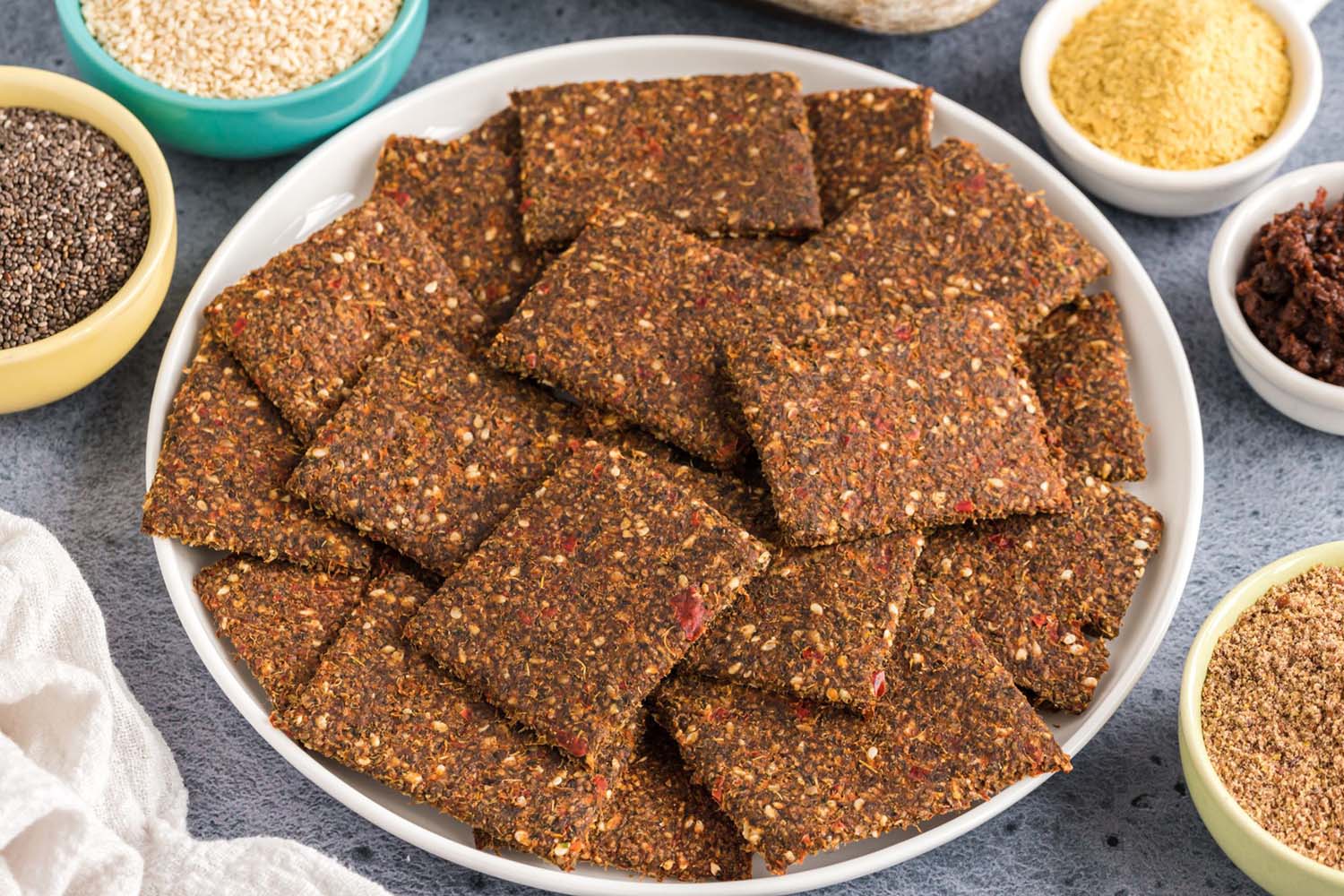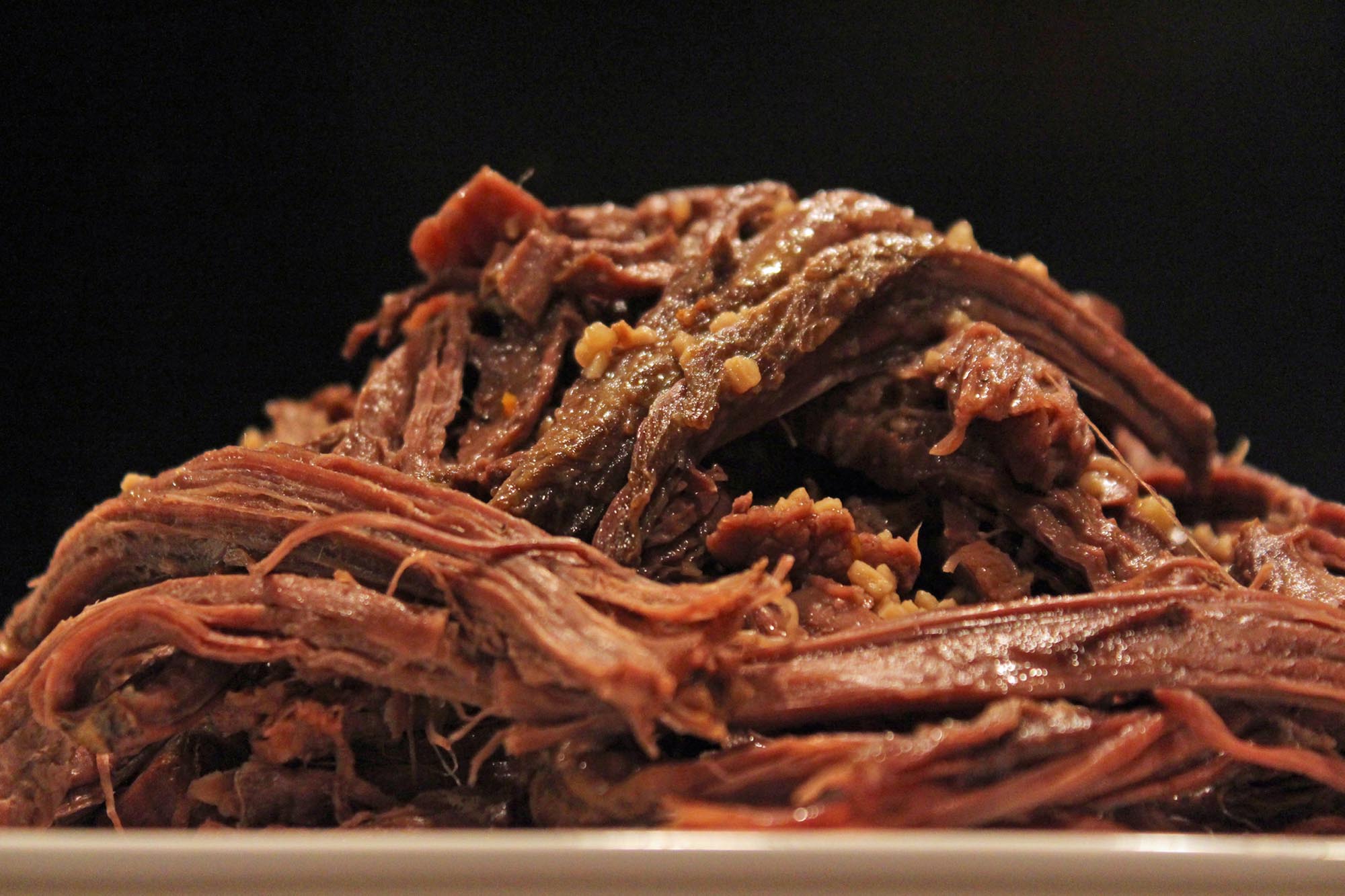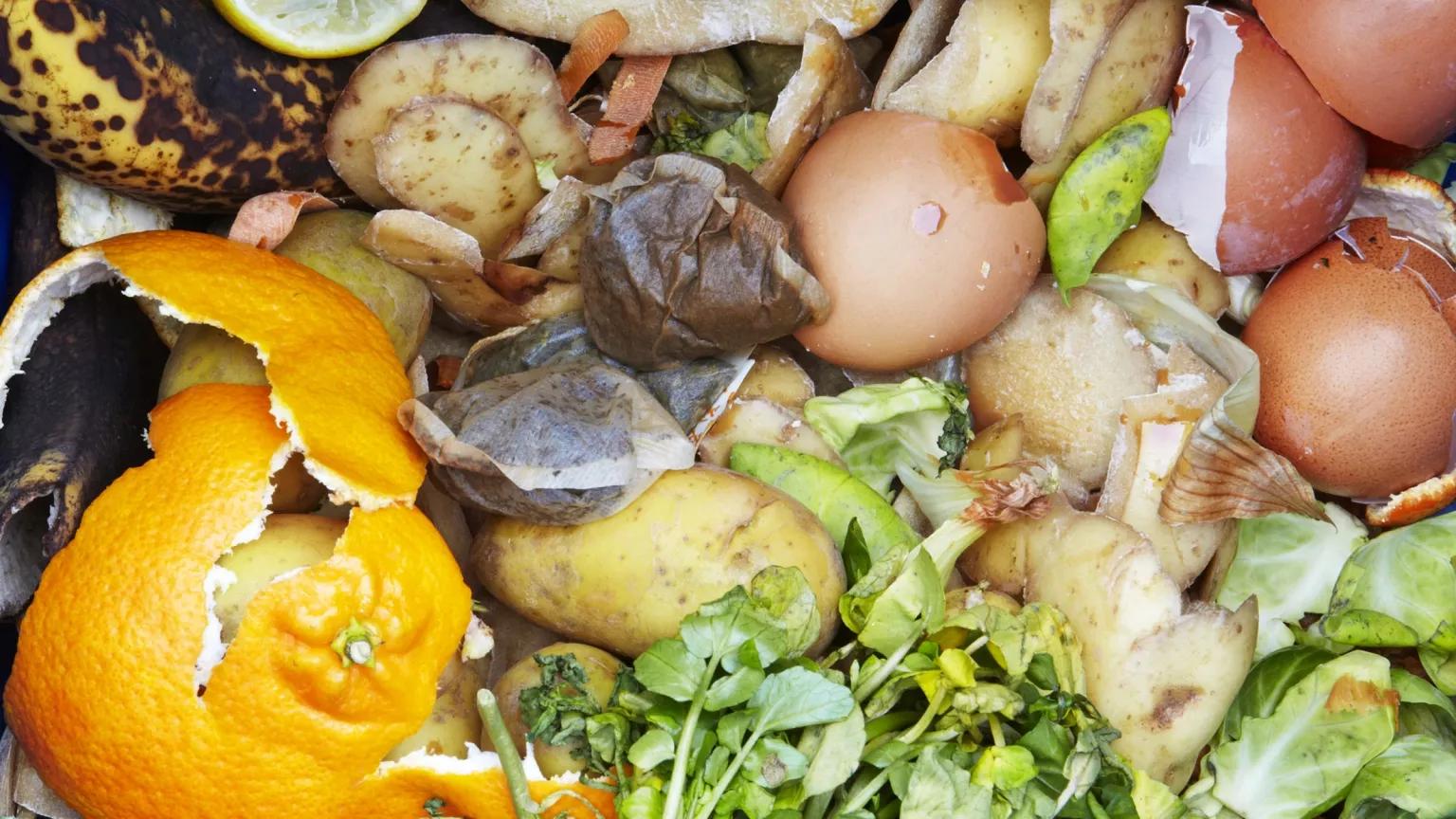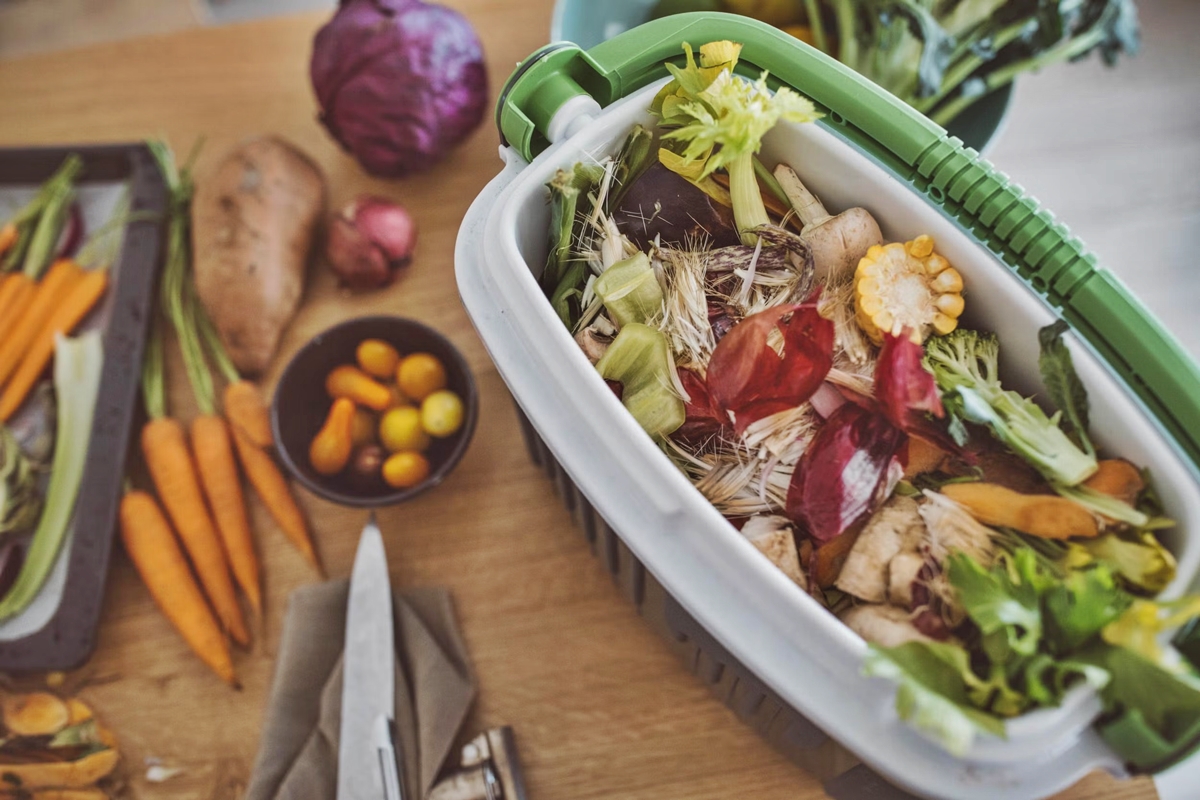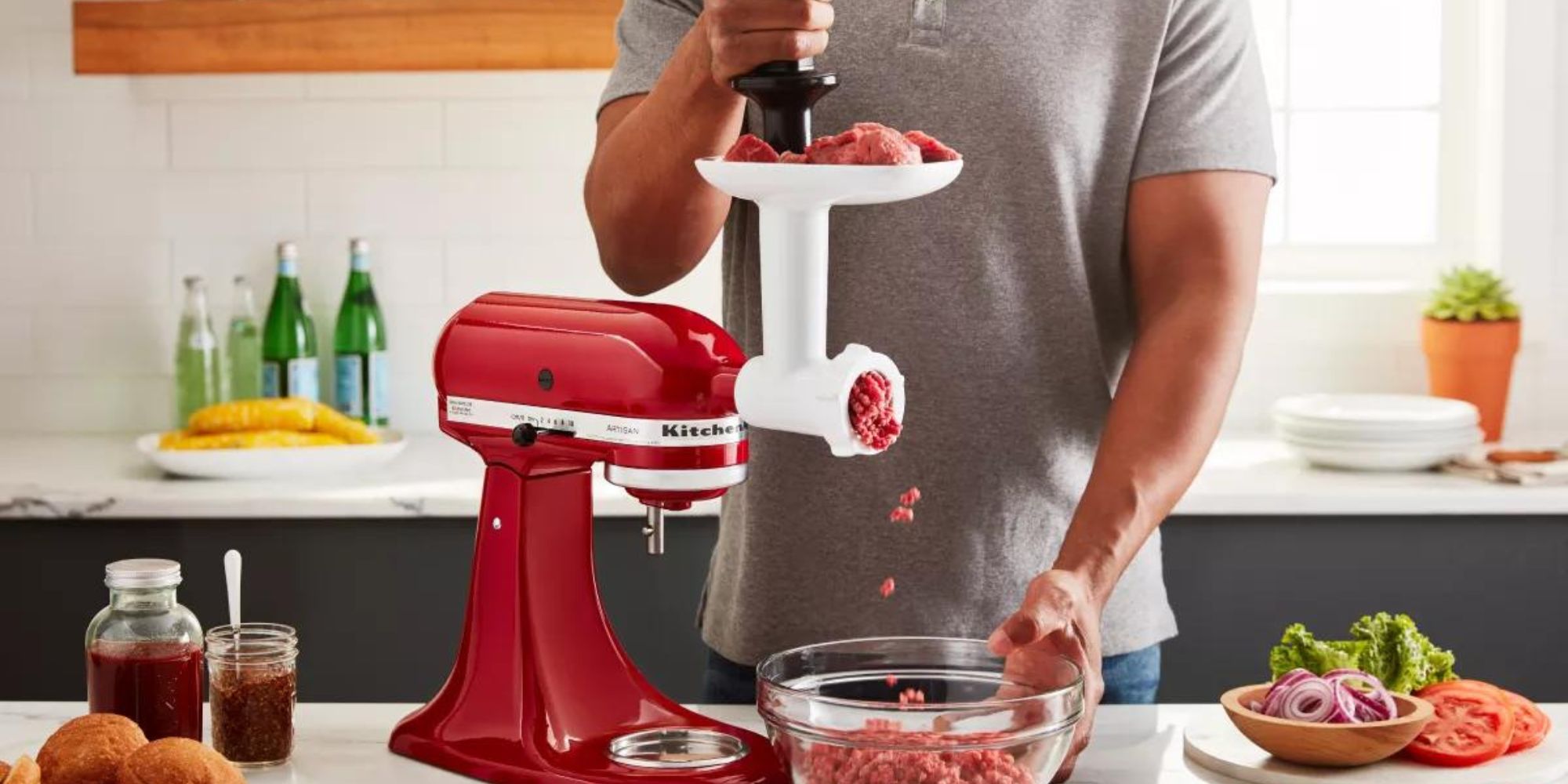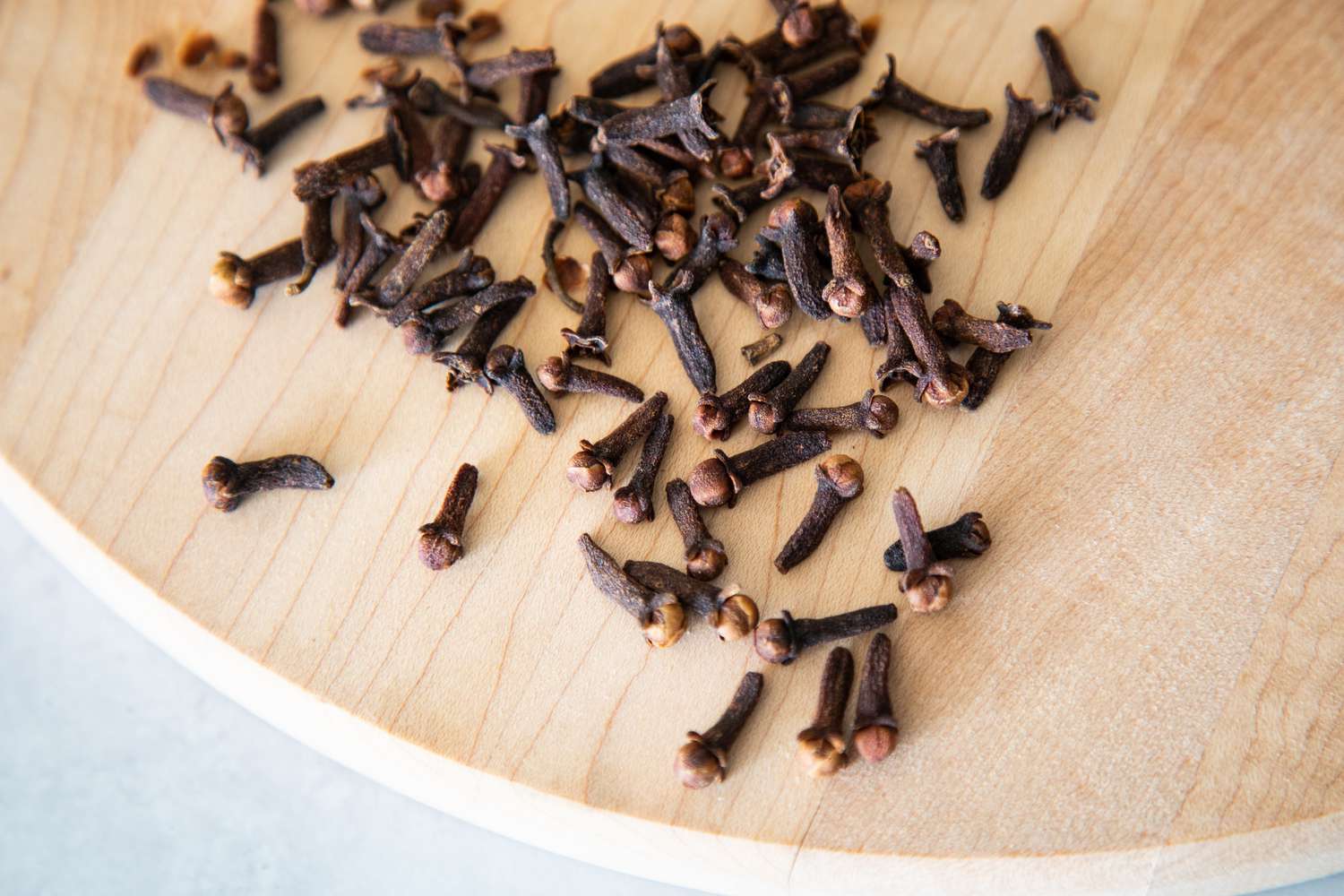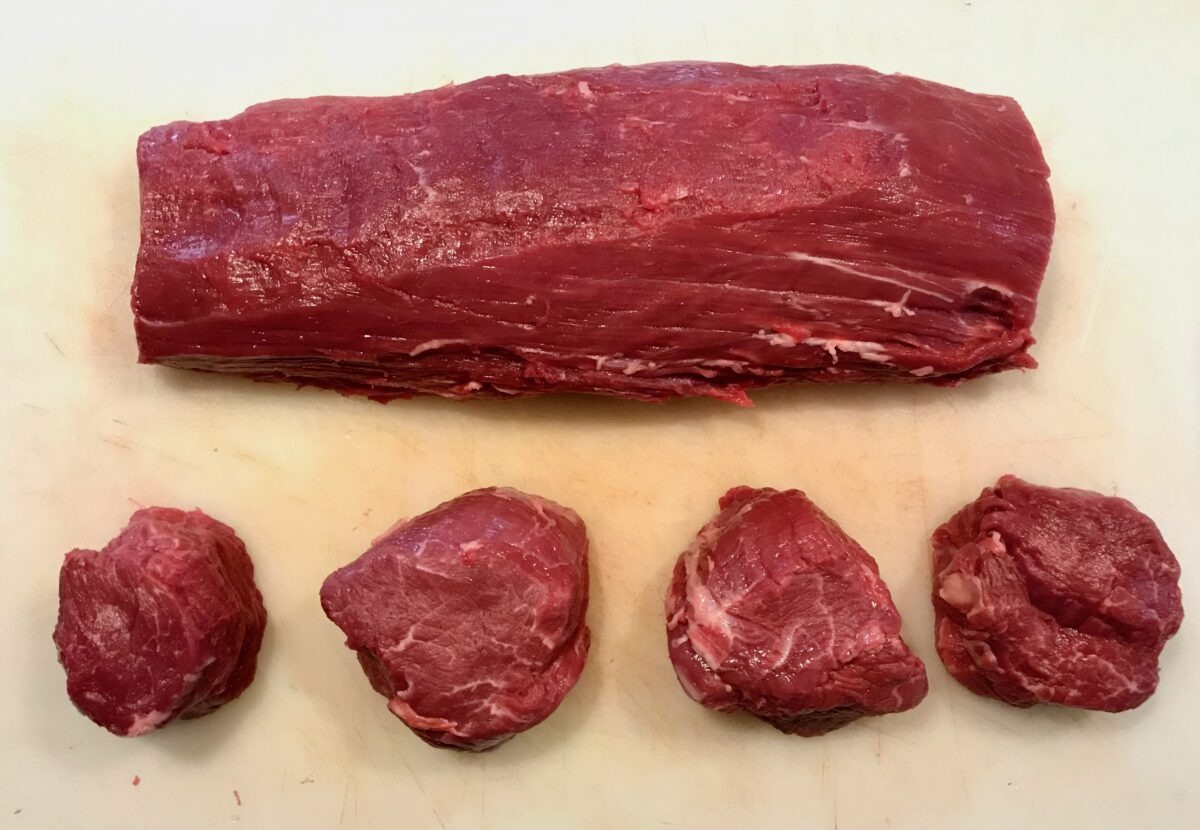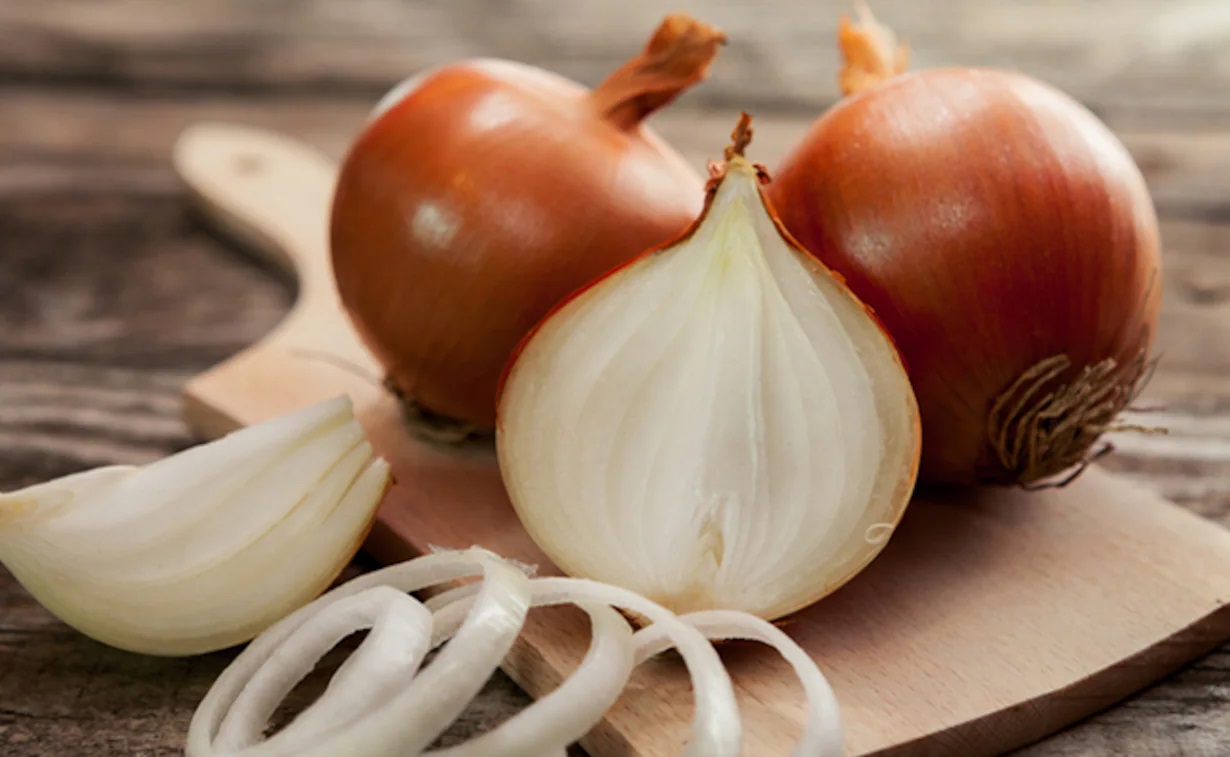Reduce Waste and Create Nutrient-Rich Soil with Kitchen Scrap Grinding
Are you looking for a sustainable way to reduce kitchen waste and create nutrient-rich soil for your garden? Grinding kitchen scraps is a simple and effective solution that can benefit both the environment and your plants. By repurposing food scraps that would otherwise end up in the trash, you can contribute to a more sustainable lifestyle while also improving the quality of your garden soil.
Why Grind Kitchen Scraps?
Grinding kitchen scraps offers several benefits, including:
- Waste Reduction: By grinding kitchen scraps, you can significantly reduce the amount of organic waste that goes into landfills.
- Soil Enrichment: Ground kitchen scraps can be added to compost or directly to the soil, enriching it with essential nutrients.
- Cost Savings: Instead of purchasing expensive fertilizers, you can use ground kitchen scraps to nourish your plants naturally.
How to Grind Kitchen Scraps
Grinding kitchen scraps is a straightforward process that can be done using a few different methods. Here’s how you can get started:
1. Use a Food Processor or Blender
If you have a food processor or blender, you can easily grind kitchen scraps into a fine pulp. Simply add the scraps to the appliance, pulse until they reach the desired consistency, and then use the ground mixture in your compost or directly in the soil.
2. Compost with a Grinder
If you’re an avid composter, consider investing in a dedicated compost grinder. These specialized machines are designed to efficiently grind kitchen scraps, making the composting process even more effective.
3. Vermicomposting
Vermicomposting, or composting with worms, is another excellent way to process kitchen scraps. Worms can consume and break down organic matter, including kitchen scraps, turning them into nutrient-rich castings that can be added to the soil.
What Kitchen Scraps Can Be Ground?
Not all kitchen scraps are suitable for grinding, but many common food waste items can be repurposed in this way. Consider grinding the following kitchen scraps:
- Fruit and vegetable peels
- Coffee grounds
- Eggshells
- Nut shells
- Small pieces of non-greasy food scraps
It’s important to avoid grinding items such as meat, dairy, and oily foods, as these can attract pests and create unpleasant odors in your compost.
Using Ground Kitchen Scraps in Your Garden
Once you’ve ground your kitchen scraps, you can incorporate them into your gardening routine in several ways:
- Add the ground scraps to your compost pile to enhance its nutrient content.
- Directly mix the ground kitchen scraps into the soil to improve its fertility.
- Use the ground mixture as a top dressing around plants to provide a slow-release source of nutrients.
By utilizing ground kitchen scraps in your garden, you can promote healthier plant growth and reduce the need for chemical fertilizers.
Conclusion
Grinding kitchen scraps is a simple and effective way to reduce waste and enhance the quality of your garden soil. By repurposing food waste in this manner, you can make a positive impact on the environment while also reaping the benefits of nutrient-rich soil for your plants. Whether you choose to use a food processor, compost grinder, or vermicomposting method, incorporating ground kitchen scraps into your gardening practices can lead to a more sustainable and thriving garden.
